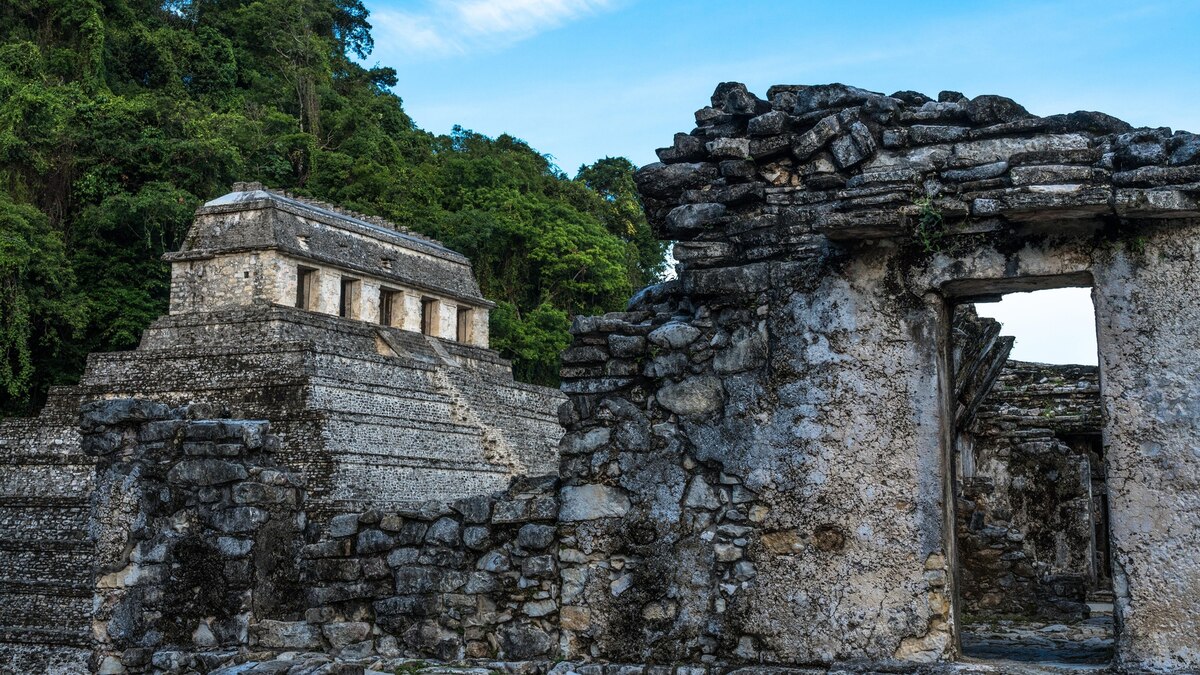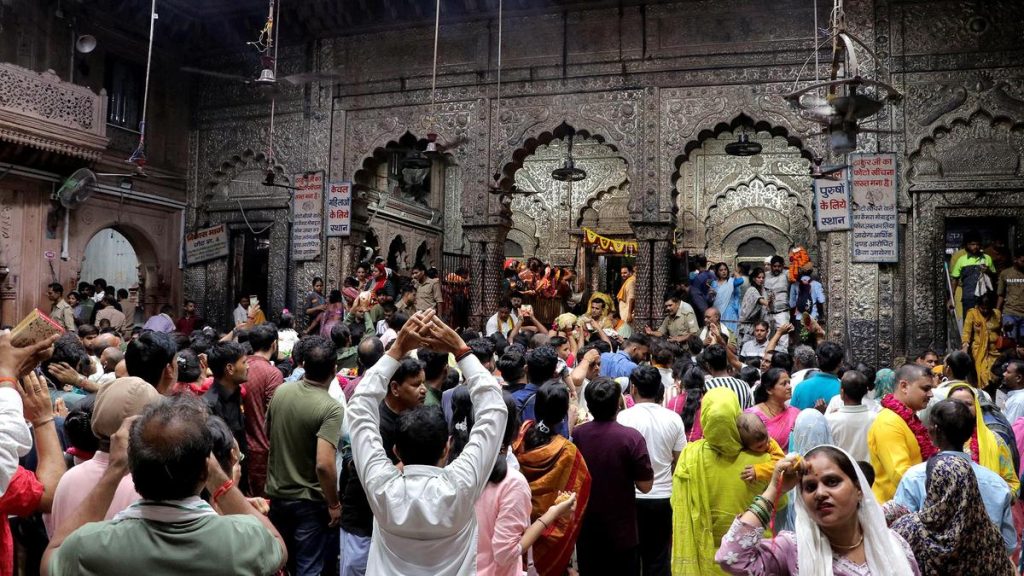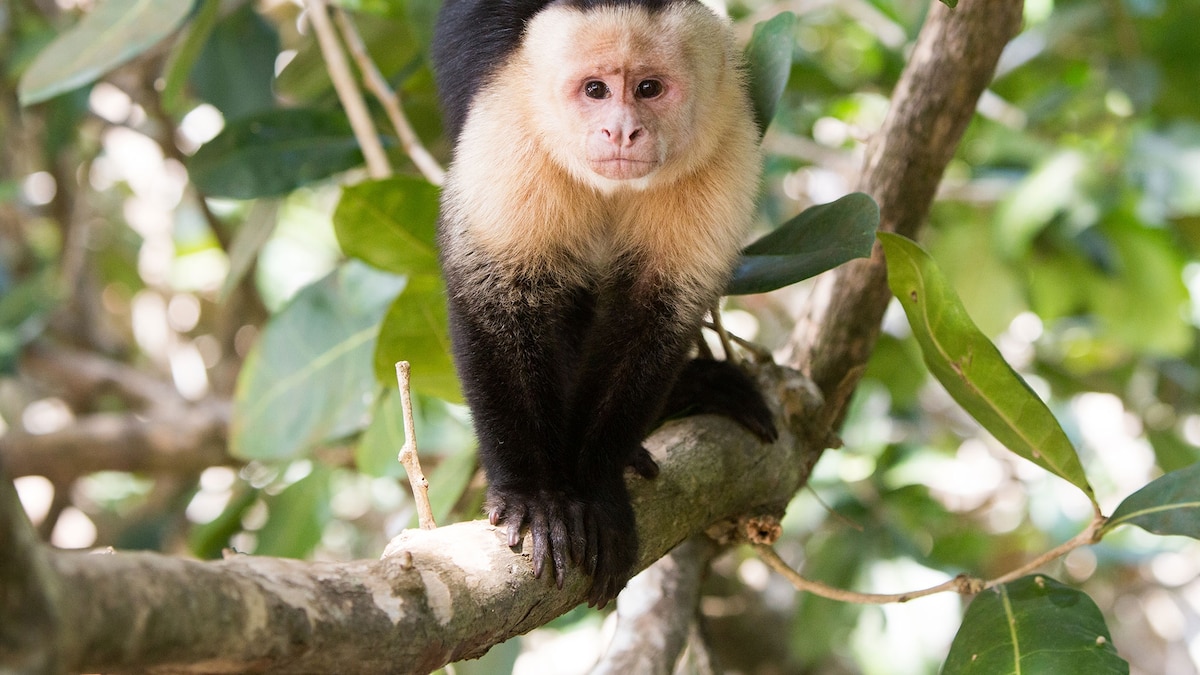Now Reading: Explore Maya History Beyond Chichen Itza: Lesser-Known Sites to Visit
-
01
Explore Maya History Beyond Chichen Itza: Lesser-Known Sites to Visit
Explore Maya History Beyond Chichen Itza: Lesser-Known Sites to Visit

Quick Summary
- Chichén Itzá, a UNESCO world Heritage Site and one of the new Seven Wonders of the World, is among Mexico’s most visited archaeological sites.However, it is often overcrowded and expensive.
- option maya archaeological sites in Mexico include Palenque,Calakmul,and Uxmal:
– Palenque: Located in Chiapas’ lacandón rain forest; features multi-level pyramids,hieroglyphs,and hidden crypts with meaningful discoveries like K’inich Janaab’ Pakal’s jade mask. Only 10% of the site has been explored.
– Calakmul: Found deep within Campeche’s Biosphere Reserve; was historically central to the powerful Snake Dynasty. Requires multiple entrance tickets for access; famous for wildlife sightings during tours.
– Uxmal: Near Mérida; known for Puuc-style architecture and alignment with Venus’ celestial movements. Offers unique structures like the Pyramid of the Magician and House of Pigeons.
Read More: Explore Maya Temples in mexico
Indian Opinion Analysis
India shares a rich archeological heritage akin to that of Mexico’s Maya civilizations-both regions serve as cultural reservoirs reflecting human history across centuries. The alternative destinations highlighted here emphasize efforts to decentralize tourism from famous overcrowded landmarks such as Chichén Itzá toward lesser-known but equally significant sites like Palenque or Calakmul.
For India, there are lessons on balancing preservation with tourism at heavily frequented historical monuments (e.g., Taj Mahal). Exploring quieter yet impactful locations could diversify tourism revenues while reducing environmental strain on popular venues-a challenge shared globally by countries rich in historic assets.A strong infrastructure surrounding thes alternatives (tour guides + eco-lodges) also reflects rising trends in sustainable travel.
























